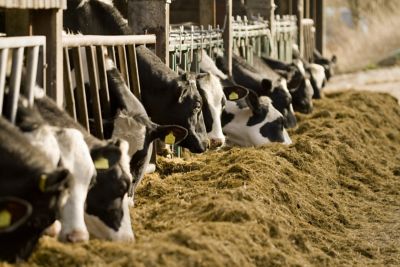Lock in more nutrients to get more from your livestock
The use of Pioneer silage inoculants will lead to lower dry matter losses, higher nutritional value, and improved aerobic stability.
Complementary, proprietary, and highly efficient strains of lactic acid producing bacteria are incorporated into many Pioneer silage inoculants to convert sugar rapidly and efficiently to lactic acid. The activity of these bacterial strains leads to a much faster drop in silage pH with many beneficial consequences including higher dry matter recovery, increased microbial protein and a reduction in ammonia content.
Pioneer strains of Lactobacillus buchneri convert lactic acid to the two compounds acetic acid and propandiol. These strains are included in Pioneer products intended for use on silages at risk from aerobic instability. The compounds they produce, when present together, suppress mould growth, and minimise silage heating. The inclusion of proven Pioneer strains of Lactobacillus Buchneri in various Pioneer products ensures aerobically stable silage can be produced/made.
The latest Pioneer Lactobacillus buchneri strain is faster acting and the incorporation of it can lead to aerobic stability being achieved in as little as 7 days of ensiling. Products including this strain are referred to as Rapid React products.
Special patented strains of Lactobacillus buchneri included in Pioneer fibre technology products generate ferulate esterase enzymes during the fermentation process. The activity of these enzymes leads to improved fibre digestion rates.



